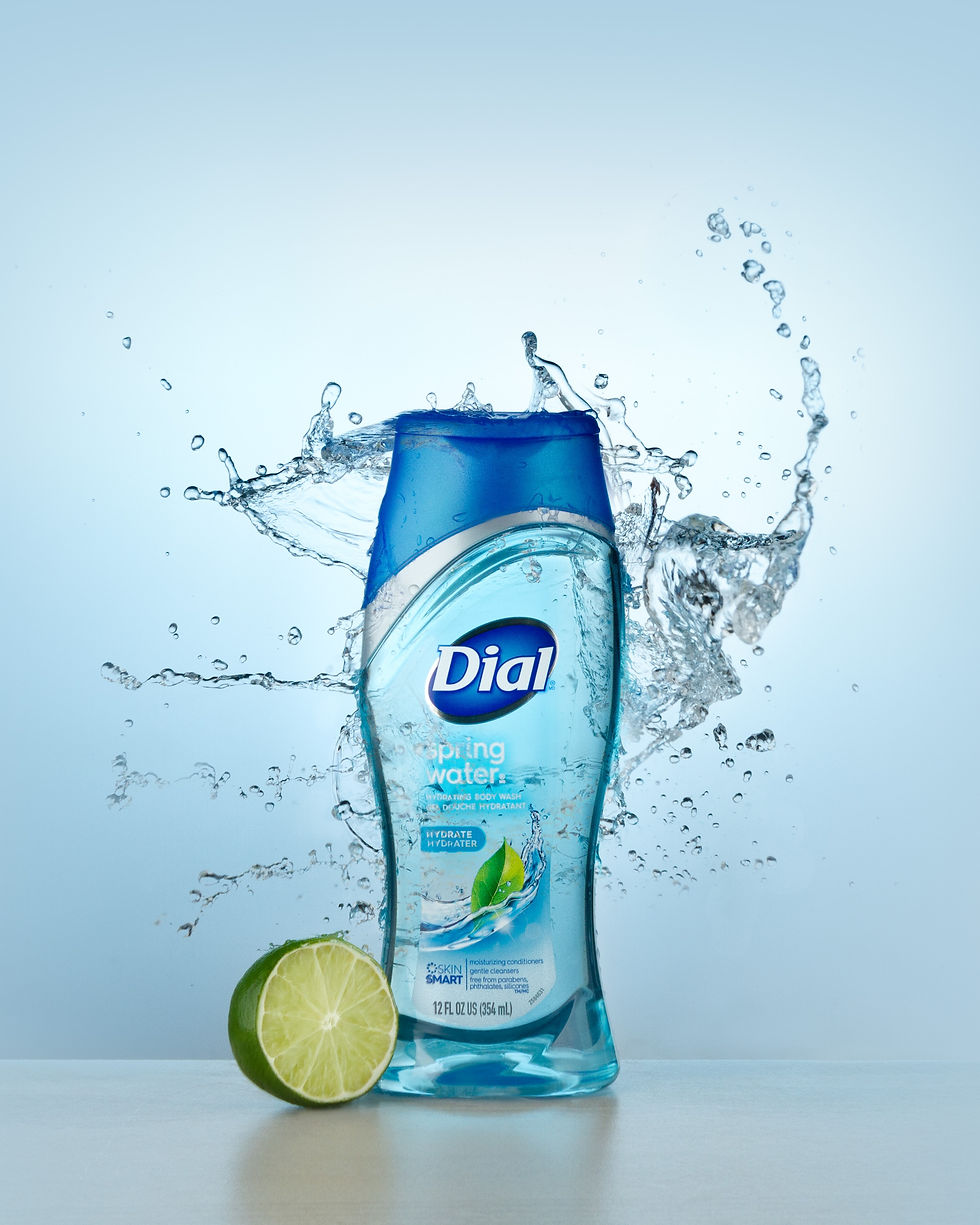Branding in the Age of Social Media – Harvard Business Review cont’d
- Shidonna Raven

- Jul 23, 2020
- 2 min read
Updated: Dec 24, 2021
By Douglas Holt
March 2016
Source: Harvard Business Review
Featured Photo Source: Unsplash, Arno Seoner
Why Branded Content and Sponsorships Used to Work
While promoters insist that branded content is a hot new thing, it’s actually a relic of the mass media age that has been repackaged as a digital concept. In the early days of that era, companies borrowed approaches from popular entertainment to make their brands famous, using short-form storytelling, cinematic tricks, songs, and empathetic characters to win over audiences. Classic ads like Alka-Seltzer’s “I Can’t Believe I Ate the Whole Thing,” Frito-Lay’s “Frito Bandito,” and Farrah Fawcett “creaming” Joe Namath with Noxema all snuck into popular culture by amusing audiences.
This early form of branded content worked well because the entertainment media were oligopolies, so cultural competition was limited. In the United States, three networks produced television programming for 30 weeks or so every year and then went into reruns. Films were distributed only through local movie theaters; similarly, magazine competition was restricted to what fit on the shelves at drugstores. Consumer marketing companies could buy their way to fame by paying to place their brands in this tightly controlled cultural arena.
Once audiences could opt out of ads, it became harder for brands to buy fame.
Brands also infiltrated culture by sponsoring TV shows and events, attaching themselves to successful content. Since fans had limited access to their favorite entertainers, brands could act as intermediaries. For decades, we were accustomed to fast food chains’ sponsoring new blockbuster films, luxury autos’ bringing us golf and tennis competitions, and youth brands’ underwriting bands and festivals.
The rise of new technologies that allowed audiences to opt out of ads—from cable networks to DVRs and then the internet—made it much harder for brands to buy fame. Now they had to compete directly with real entertainment. So companies upped the ante. BMW pioneered the practice of creating short films for the internet. Soon corporations were hiring top film directors (Michael Bay, Spike Jonze, Michel Gondry, Wes Anderson, David Lynch) and pushing for ever-more-spectacular special effects and production values.
These early (pre-social-media) digital efforts led companies to believe that if they delivered Hollywood-level creative at internet speed, they could gather huge engaged audiences around their brands. Thus was born the great push toward branded content. But its champions weren’t counting on new competition. And this time it came not from big media companies but from the crowd.
….Understanding the competition and market is key. We are here to help you Soar by Design. E mail is today and tell us what time and day works well for us to contact you.
….to be continued
Do you have a social media presence? Why? Why not?
Share the wealth of information with your colleagues and friends by sharing this article with 3 people today. Would you like to get started by asking a few questions? Post your comments below.
#marketer #digitaltechnologies #harvardbusinessreview #brandedcontent #magazines #tv #thepowerofsocialmedia #massmedia #brand #culture #television #entertainmentindustry #shidonnaravengraphicdesign #socialmedia #brandequity #presocialmedia #buildingabrand #socialmediastartegy #newtechnologies #marketing #shidonnaraven #brandidentity #socialmediamarketing #branding #brandingintheageofsocialmedia #shidonnaravenmultimedia




Comments